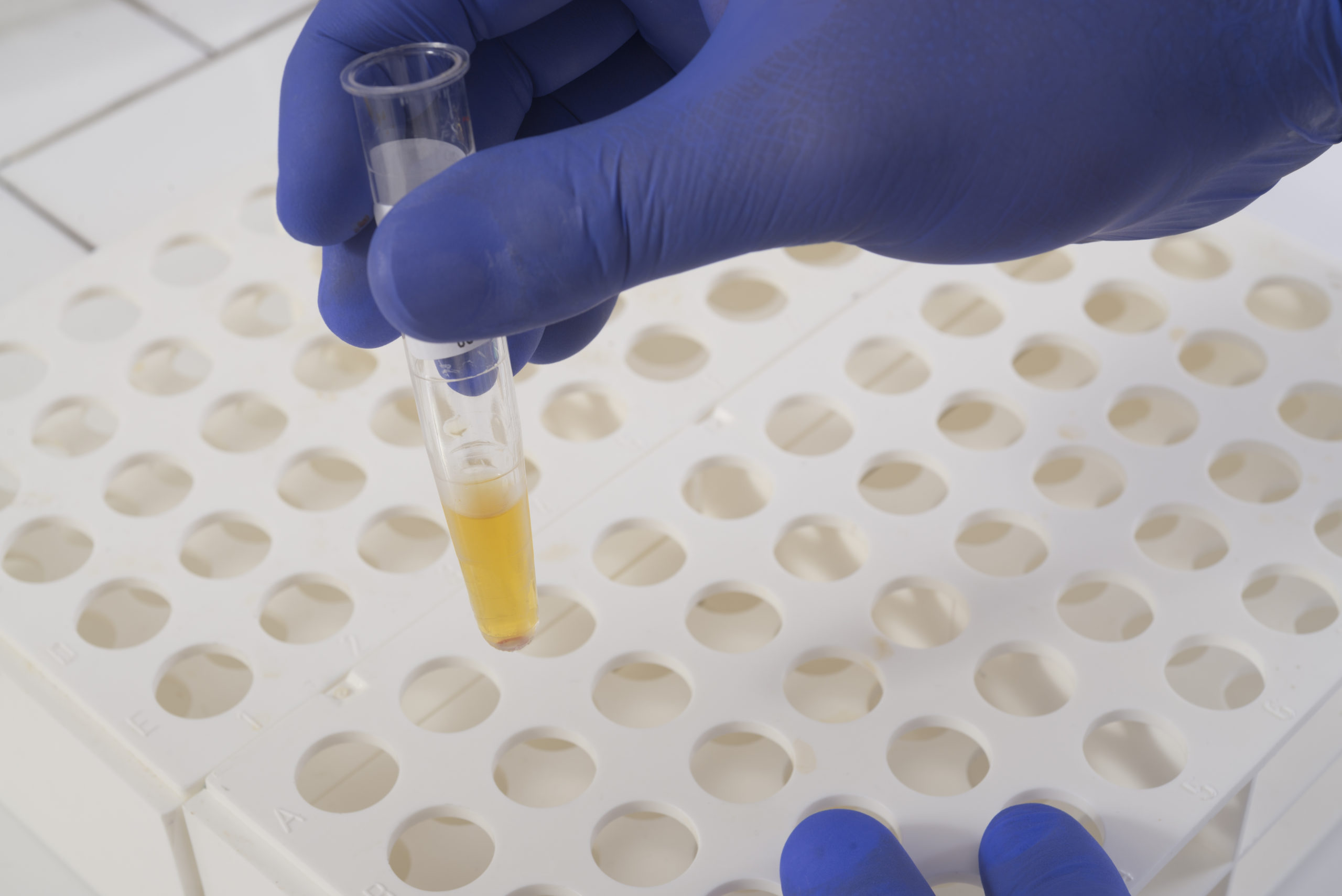
According to Silvia Giovannini and colleagues from the Università Cattolica del Sacro Cuore in Rome, Italy, recent research has correlated sortilin and omentin-1 in the blood with the severity of peripheral artery disease (PAD). The investigators conducted a study to evaluate the feasibility of the sortilitn:omentin-1 ratio as an “easy-to-measure marker in peripheral artery disease (PAD) in type-2 diabetic patients.” According to the authors’ report, published in Mechanisms of Ageing and Development, “the sortilin to omentin-1 ratio appears to be a predictive factor for PAD in patients with type-2 diabetes and it may be a promising marker for clinically significant atherosclerosis of the lower limbs.”
Sortilin to Omentin-1 Ratio Study Objective
Authors felt that deeper understanding of the potential role of the sortilin to omentin-1 ratio could improve the management of elderly patients with type-2 diabetes. Their study included a total of 295 patients with diabetes, including 179 with clinically significant lower limb PAD. Patients’ serum levels were measured and examined for associations with clinical characteristics and outcomes.
Giovannini and colleagues noted that sortilin concentration was significantly higher in the patients with PAD compared to the patients with only type-2 diabetes. Additionally, omentin-1 serum levels “were significantly lower in diabetic patients with PAD than in diabetic controls and the levels gradually decreased in proportion to disease severity.” Overall, the ratio of sortilin to omentin-1 was observed to be significantly higher in the patients with PAD compared to in the patients without.
Conclusions
Authors confirmed that sortilin and omentin-1 levels had an inverse relationship with each other in their analyses. In closing, they proposed that their data “provides evidences about a possible easy to use prognostic index for peripheral artery disease in elderly: the sortilin to omentin-1 ratio, a promising marker for clinically significant atherosclerosis of the lower limbs.”
Find more related recent publications at the DocWire News Atherosclerotic Disease Resource Center







 © 2025 Mashup Media, LLC, a Formedics Property. All Rights Reserved.
© 2025 Mashup Media, LLC, a Formedics Property. All Rights Reserved.